The Best Environment for a Philodendron Hope Plant
- Not too dark or bright. Like most other plants in the Philodendron genus, Philodendron Hope enjoys a mild climate that is neither too hot nor too cold, and neither too bright nor too dark—it likes to be in just the right place.
- Diffused, moderate light. The ideal indoor environment provides moderate or diffused natural light. Artificial indoor light sources that can be left on for a significant period of time work, but natural, moderate light is best.
- If in bright light, use fertilizer. Philodendron Hope is also capable of tolerating high light conditions indoors; however, it will likely need periodic fertilizer applications to avoid nutrient deficiencies and chlorosis, since lots of light causes an increase in growth and productivity.
- Match water to amount of light. On the other hand, Philodendron Hope in low light is prone to rot at its roots and in the stem and leaves, and probably won’t last in an aesthetically pleasing way for any significant period of time. It is also very easy to over-water the plant in low light, so it is best to avoid placing your Philodendron Hope in said lighting.
For best results, place your plant in an area with moderate lighting, mild indoor temperatures, and comfortable airflow. Avoid extremes of any kind.
Caring for and Watering Philodendron
Philodendron Hope, like other Philodendron varieties, enjoys a balance of moist and dry soil.
- When watering your plant, check the soil surface to make sure that it is dry to the touch. Generally, the plant should be watered enough to moisten the soil all the way through.
- If moderate environmental conditions are met, it’s not necessary to leave standing water in the liner; however, if there is too much heat, airflow, or light, water in the liner may be necessary.
- Allow the soil surface to become dry to the touch before watering again.
Cutting and Removing Leaves From Your Philodendron
Philodendron Hope will lose a leaf here and there as they grow. These dead leaves should be removed by snapping the base of the leaf stem off of the primary plant trunk; or, in the case of a dense variety, the leaves should be snapped off as close to the soil as possible.
It is also a good idea to periodically remove dried-up new leaf husks. Indoors, this dry leaf material can be a catalyst for fungus gnats, so keeping organic material cleared away is a great preventative measure for avoiding infestation.
As it ages, Philodendron Hope can grow out along its centralized trunk, turning itself into something more like a tree than a bushy floor plant. The trunk can be pruned back if it grows out of control. This plant is also known to grow long, trailing air roots. These are perfectly natural, and whether or not they are attractive is a matter of personal opinion. If you do not like the look of the air roots or if they are becoming intrusive, they can be cut back.
Be aware that Philodendron Hope is considered poisonous. Be sure not to ingest any of the fluid that may get on you after pruning a trunk or cutting away unsightly dead leaves.


Reviews
There are no reviews yet.